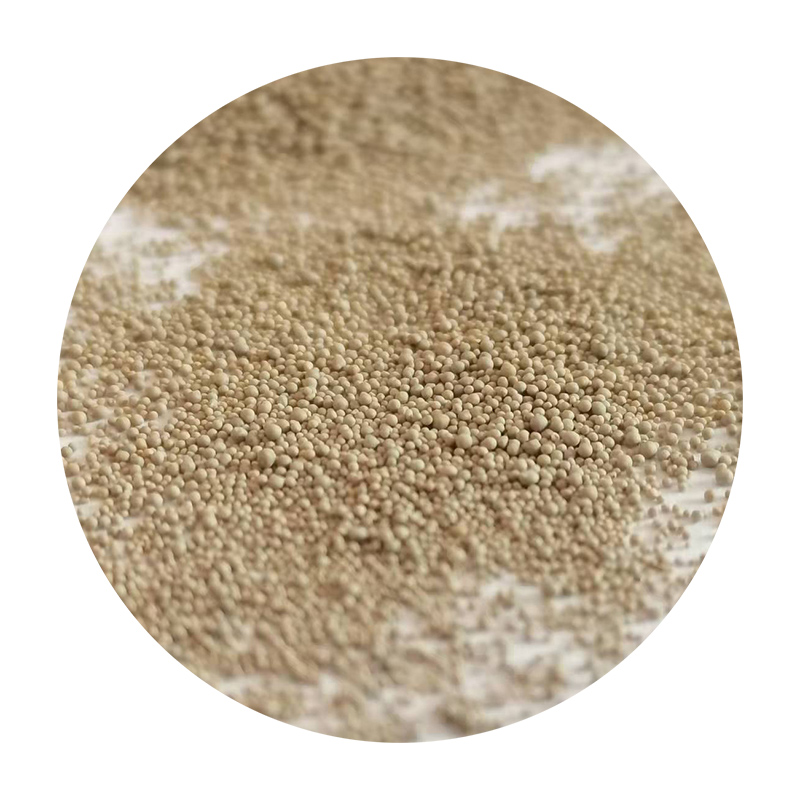Applications of Sand Casting Process
Sand casting is one of the oldest and most widely used metal casting techniques in manufacturing. The process involves creating a mold from a mixture of sand and a binding agent, typically clay, to shape molten metal into the desired form. This technique has various applications across multiple industries, thanks to its adaptability, cost-effectiveness, and ability to produce complex geometries. This article will explore some key applications of the sand casting process.
Automotive Industry
One of the most significant applications of sand casting is in the automotive sector. Many components, such as engine blocks, transmission housings, and various brackets, are created using this method. The ability to produce large and intricate parts makes sand casting ideal for automotive applications. Additionally, the materials used—such as iron, aluminum, and magnesium—offer excellent durability and strength, essential for high-performance vehicles. The flexibility of the sand casting process also allows for rapid prototyping, enabling manufacturers to test designs quickly and efficiently.
Aerospace Industry
The aerospace industry also benefits significantly from sand casting. Components such as turbine housings, brackets, and other structural parts for aircraft are often manufactured using this technique. The precision and versatility of sand casting allow for the creation of complex shapes that meet stringent weight and safety standards. Furthermore, lightweight materials like aluminum and titanium, commonly used in aerospace applications, can be cast using sand molds, helping manufacturers to create fuel-efficient aircraft.
Art and Sculpture
Beyond industrial applications, sand casting has a rich history in the art world. Artists and sculptors often utilize this technique to create detailed sculptures and art pieces. By using sand molds to form unique designs, artists can produce one-of-a-kind works that embody their vision. This process allows for the incorporation of various materials, including bronze and aluminum, resulting in diverse textures and finishes. Therefore, sand casting serves not only functional purposes but also aesthetic ones, highlighting its versatility.
applications of sand casting process

Energy Sector
In the energy sector, sand casting plays a crucial role in producing components for both renewable and non-renewable energy technologies. For instance, wind turbine components, such as cast iron bases and housing parts, are often manufactured using sand casting. This process enables the production of large and sturdy components that can withstand harsh environmental conditions. Sand casting is also used in the oil and gas industry for making pipeline fittings, valves, and various equipment parts essential for extraction and transportation.
Marine Industry
The marine industry relies on sand casting for various applications, including components for boats, ships, and submarines. Parts such as propellers, engine blocks, and other marine hardware can be effectively produced using this method. The corrosion-resistant alloys developed through sand casting are particularly valuable in marine environments, where components must endure exposure to saltwater and other harsh conditions. This durability ensures that marine vessels function properly and have extended lifespans, significantly reducing maintenance costs.
Medical Devices
The medical industry has also started to embrace sand casting for manufacturing specialized devices and components. Surgical instruments, implants, and casings for medical equipment can be produced with a high degree of accuracy and reliability. The customization afforded by sand casting allows medical manufacturers to innovate continuously, catering to the specific needs of healthcare providers and patients. Moreover, materials used in sand casting can meet strict biocompatibility requirements, making them suitable for medical applications.
Conclusion
The sand casting process is an incredibly versatile technique with a wide range of applications across various industries. From the automotive and aerospace sectors to art, energy, and medical devices, the benefits of sand casting are apparent. Its ability to produce complex geometries, coupled with cost-effectiveness and material versatility, makes it a preferred choice for manufacturers around the globe. As technological advancements continue to evolve the casting process, the future of sand casting appears to be promising, offering new opportunities and applications in the manufacturing landscape.
Post time:снеж . 05, 2024 14:38
Next:parts of sand casting
